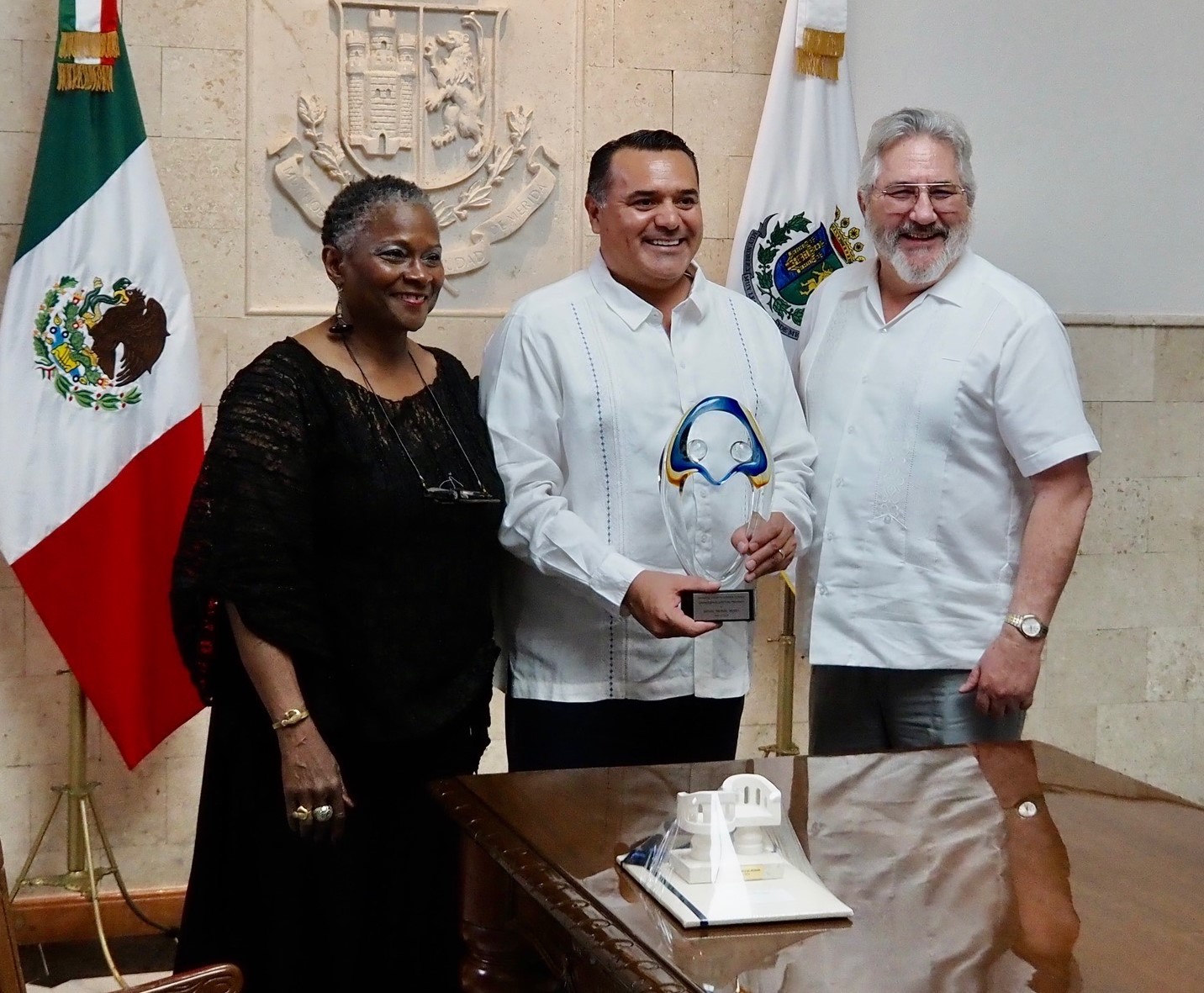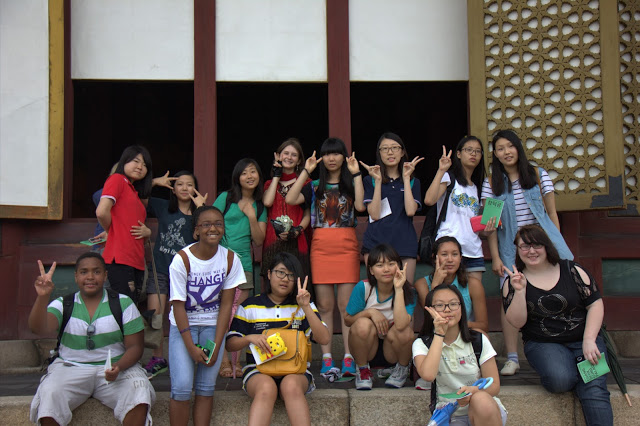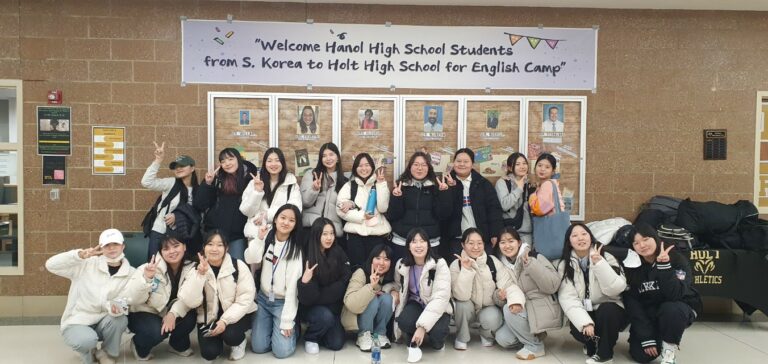LRSCC Welcomes Mérida, Mexico as a Friendship City
Our journey to Mérida, Mexico, was an unforgettable experience filled with cultural immersion, historical exploration, and meaningful connections. Members of the trip included LRSCC President Dr. Maxine Hankins Cain, Commissioner Dr. Rubén Martinez, and Ms. Roxanne Truhn, who shared their passion for learning and discovery throughout the adventure. The group travelled to Mérida May 11-14, 2023.
On our first evening, we joined fellow travelers on our first evening on a bus tour and spent the next hour learning about the architecture and rich history of the city. A standout highlight was the Catedral de San Il defonso, built in 1562 on the site of Mayan ruins. Stones from the Mayan ruins were used to build the cathedral. Throughout the city are numerous vibrant “parques” (parks or town squares), where people of all ages gather and enjoy each other’s company, listen to local musicians, or watch dancers. One might even spy a special chair called a “tu y yo” which means “you and me” in Spanish. This special chair has two seats designed for lovers. (Story continues after gallery.)
On our second evening, we were treated to a dinner of local cuisine by José Luis Martínez Semenera, Director of Dirección de Desarrollo Económico y Turismo de Mérida. With him was Mariana Valle Apolinar, our principal contact.
One of the most natural awe-inspiring settings we visited was the Cenote Hacienda Mucuyché. Cenotes are surface connections to subterranean water bodies. The cenote was set among the grounds and ruins of the Hacienda Mucuyché which can be traced back to the 17th century.
Cenotes were used in Mayan times up until today to provide water to their communities. We delighted in a swim from one open cenote through a canal to its cave.
Our exploration of Mayan heritage continued at the Mayan World Museum of Mérida. The Museum houses over 1100 artifacts reflecting the daily life of Mayans. Artifacts include engravings, books, and historical documents, as well as artistic and religious works from the colonial era; collections from the pre-Hispanic era that include stelae, bas-reliefs, and stone sculptures; vessels, trousseau and ceramic offerings, as well as ornaments and luxury objects made of gold, jade and shell.
Lunch at the Museum of Yucatán Gastronomy was a feast of delicious traditional Yucatecan cuisine. After lunch we browsed the museum area containing elements of Mayan culture of food production.
Our visit extended beyond tourism, as we engaged with two school systems in Mérida: Preparatoria Uno and a Private School. These visits allowed us to witness the local educational landscape firsthand, fostering cross-cultural learning and forging lasting connections.
The trip reached its pinnacle at the Mérida City Hall, where the Sister Cities Friendship agreement was officially signed by Mayor Renán Barrera Concha. This moment symbolized the culmination of our journey, uniting two communities in a shared bond of friendship and collaboration.



